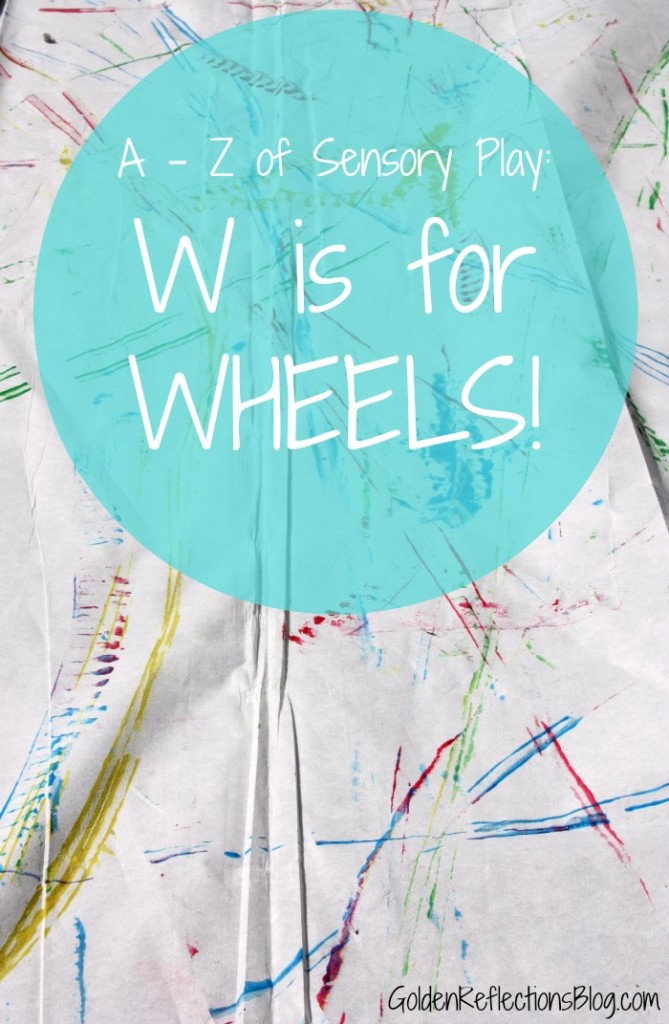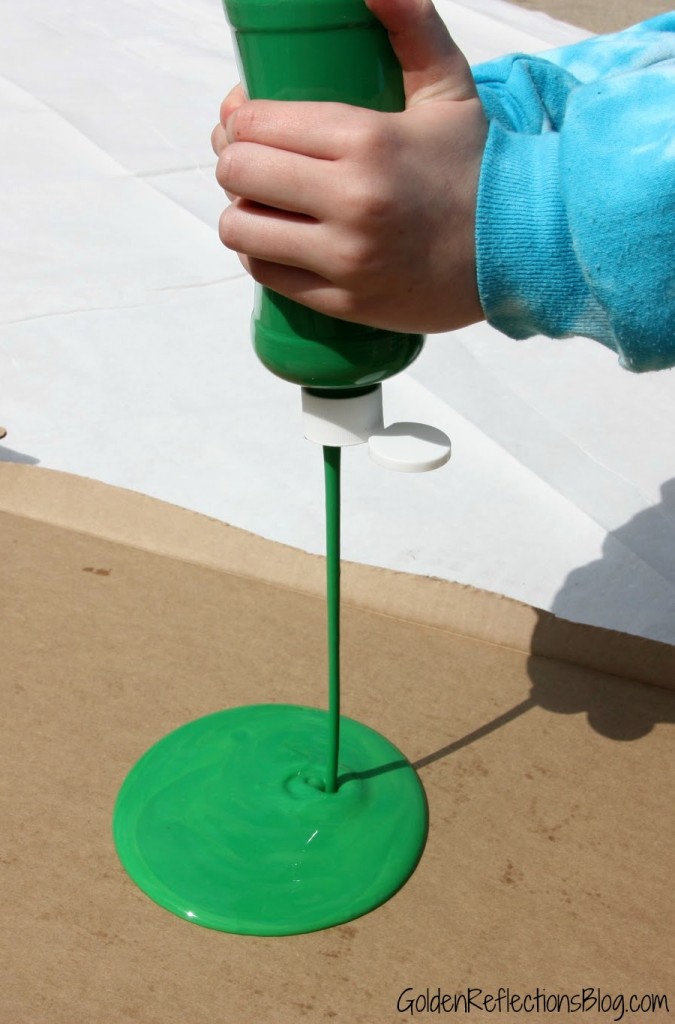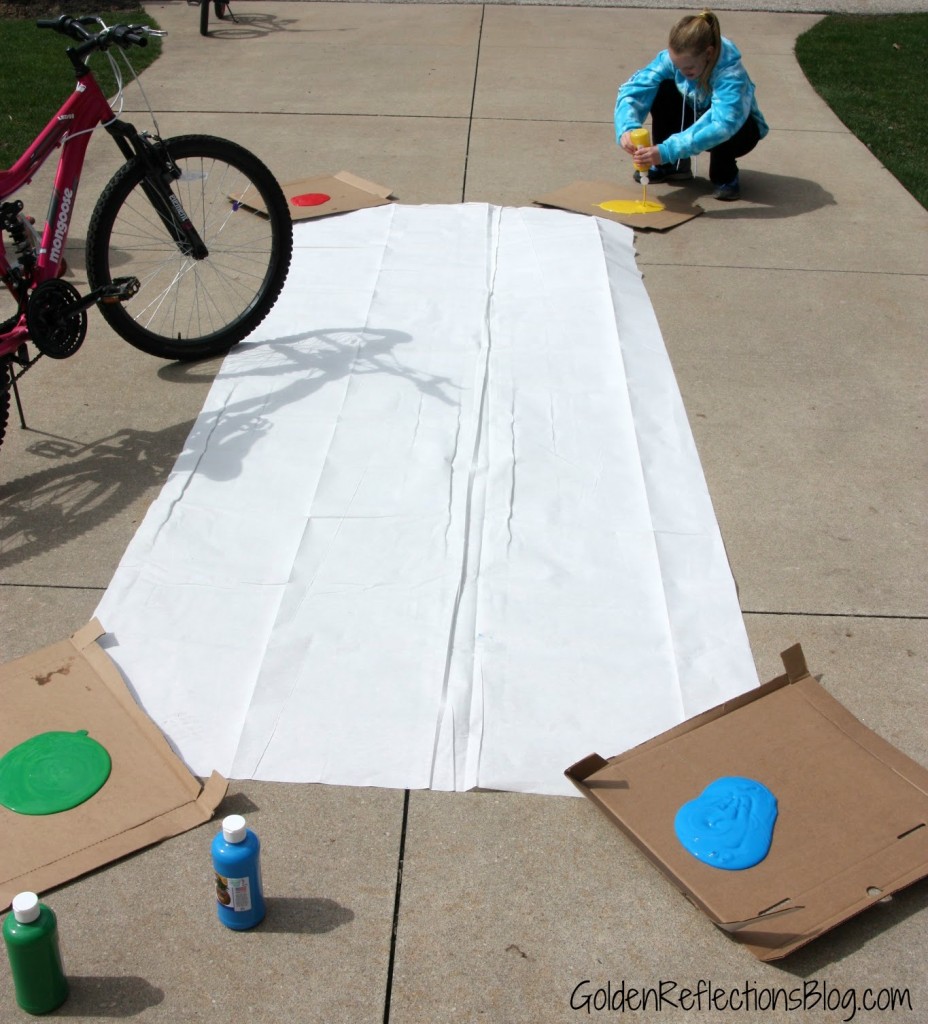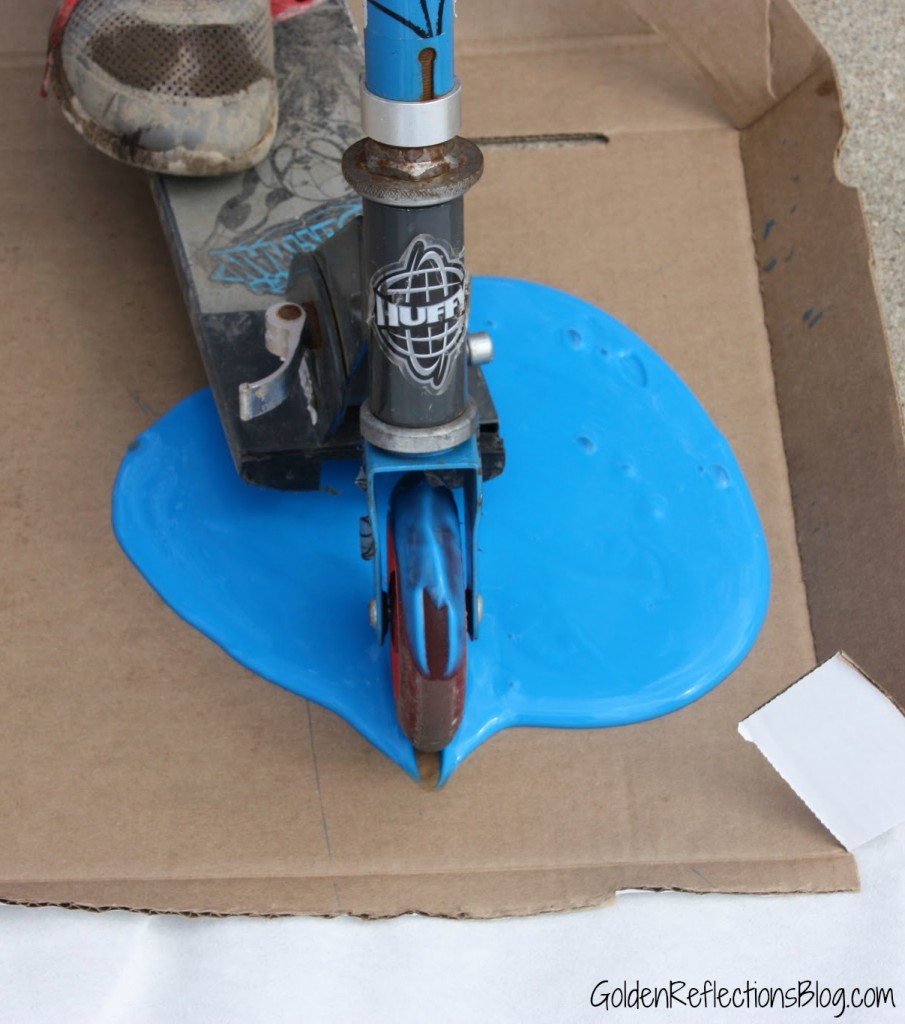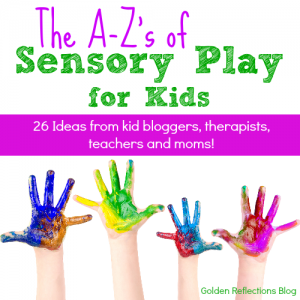W is for Wheels Sensory Play
Affiliate and Referral links are used below to promote products I love and recommend. I receive a commission on any purchases made through these links. Please see my disclosure policy for more details. As an Amazon Associate, I earn from qualifying purchases.
I am very excited to have Claire and Lauren from The Inspired Treehouse sharing with you all today as part of the A-Z's of Sensory Play for Kids series. Claire and Lauren are fellow therapy bloggers and they have some ideas for wheels sensory play for you.
W is for Wheels
Bikes, scooters, roller blades, roller skates, Swivel cars and more! Nothing says the weather is perfect for going outside like WHEELS! This time of year, our kids are busy going up and down the driveway for hours on whatever set of wheels they can get their hands (or feet) on.
Wheeled toys are amazing for providing sensory input because they pack a big punch for the vestibular system, which is responsible for sensing balance and movement. This sense is one of the foundations for healthy sensory processing and allows us to maintain our balance and to experience gravitational security: confidence that we can maintain a position without falling.
When a child is learning to ride a bike without training wheels, the vestibular system is what allows her to move smoothly, efficiently, and confidently. What better way to help kids develop their vestibular systems than by getting them up and moving with toys that have wheels!
Check out this fun way for kids to put their favorite wheels to use by creating a one-of-a-kind outdoor masterpiece!
WHAT YOU’LL NEED:
-Paint (we used washable craft paint) – you’ll need quite a bit of paint for this activity
-Several large pieces of flat cardboard to use as paint palettes
-A huge sheet of white paper or a painters tarp
-All of the wheeled toys and vehicles you can round up (skateboards, rollerblades, bikes, scooters, etc.)
WHAT TO DO:
Squeeze a large amount of paint onto each piece of cardboard. We put one color on each piece but you could be creative and mix it up! Place the pieces of cardboard on the borders of your paper or tarp.
Then, let your kids go to work creating their artwork! They will have to ride their wheeled toy over a piece of cardboard to collect some paint on their wheels and then ride over the paper or tarp to create a design.
Sit back and watch the amazing vestibular system at work as kids balance on their bikes and scooters, make tight turns so they can collect the paint on their wheels and create a line on the paper, and carefully avoid their other friends who are enjoying the activity along with them!
If you used a tarp, let the paint dry and recycle this beautiful, original piece of art as a picnic blanket, a splat mat for future creative endeavors or a pretty tablecloth for an upcoming party!
If you used large paper, let the paint dry and use the painting as a backdrop for a sign announcing a birthday party, neighborhood block party, or a lemonade stand!
At The Inspired Treehouse we believe that with a little help, kids can build strong, healthy bodies and minds through play. Lauren Drobnjak and Claire Heffron are pediatric physical and occupational therapists who provide easy-to-understand information about child development and creative activities for kids that promote developmental skills. At The Inspired Treehouse, we also feature cool products and services for kids that target development and wellness. Follow us on Facebook, Pinterest, Twitter and Instagram!
For more sensory play ideas, be sure to follow my sensory fun Pinterest board below and keep up with the A-Z's of Sensory Play for Kids series here on the blog.

Heather Greutman, COTA
Heather Greutman is a Certified Occupational Therapy Assistant with experience in school-based OT services for preschool through high school. She uses her background to share child development tips, tools, and strategies for parents, educators, and therapists. She is the author of many ebooks including The Basics of Fine Motor Skills, and Basics of Pre-Writing Skills, and co-author of Sensory Processing Explained: A Handbook for Parents and Educators.

